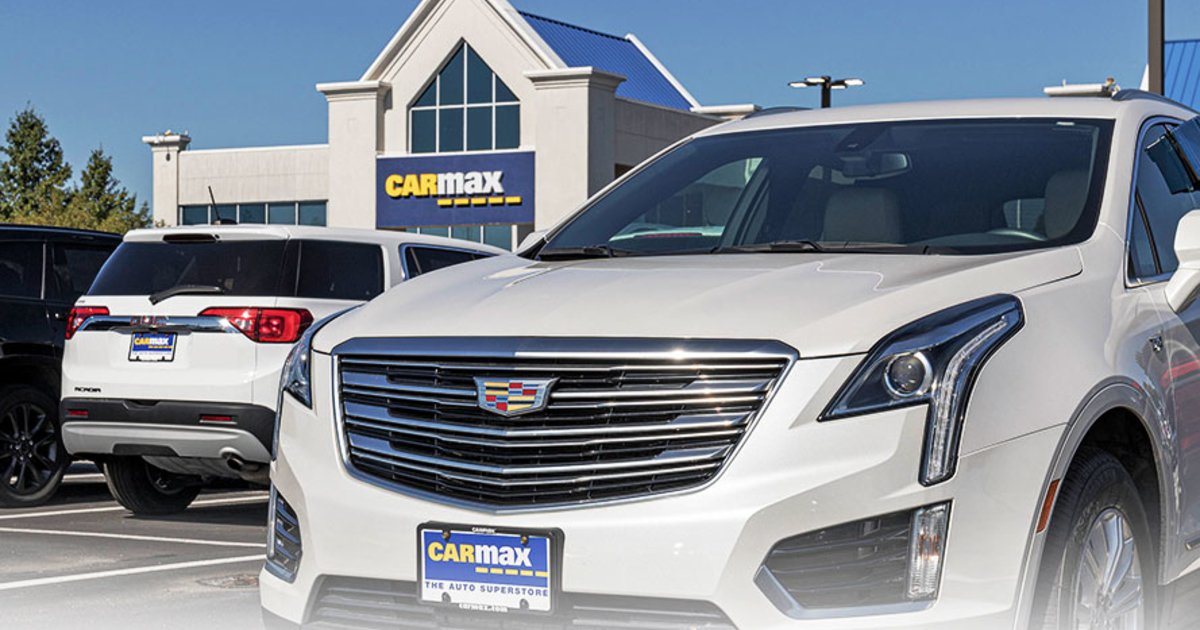
CarMax Inc.’s soft fiscal second-quarter financial results paint a grim picture: Persisting inflation, high retail prices and climbing interest rates are prompting consumers to put off buying used cars and trucks. The challenges have the used-car giant cutting costs to better match sales levels.
The retailer‘s volume and profit drop stoked fears of a more prolonged demand deterioration in the used-car market. CarMax’s share price dropped 25 percent on Thursday, Sept. 29, the day it reported earnings, and stock prices for competitor Carvana Co. and other public retailers also tumbled. It marks a significant reversal from just one year ago, when retailers were reporting sustained high demand and robust profits for used vehicles and enjoying high share prices.
CarMax retailed 457,889 used vehicles in the six months ended Aug. 31, down 8.9 percent from the year-earlier period. Company leaders said vehicle affordability pressure that bubbled up at the start of 2022 appeared to strengthen and sustain throughout the summer.
CarMax reported net income dropped 56 percent to $125.9 million.
Industry sales have been hurt by “a shift in consumer spending prioritization from large purchases to smaller discretionary items,” CarMax CEO Bill Nash said after the company reported results.
CarMax’s same-store vehicle sales fell 8.3 percent year over year during the summer months, dropping at a low single-digit rate in June but accelerating in July to sharper drops that underperformed expectations.
The demand drop occurred “almost solely because of the affordability issues,” said Daniel Imbro, a Stephens Inc. managing director covering CarMax and other auto retailers.
Retail ‘mismatch’
CarMax leaders said the company is trying to respond to consumers’ shifted preferences by offering a higher mix of lower-priced vehicles. Affordability woes mean CarMax likely will continue that strategy over the near-to-intermediate term, Imbro said.
“That’s where I think the mismatch on the retail side has been: There’s still demand for used vehicles; it’s just demand for cheaper vehicles, and right now there’s a dearth of affordable used inventory,” Imbro told Automotive News.
Demand for used vehicles has been softening for a few months, and investors are concerned that new-vehicle demand will also deteriorate as part of a larger consumer pullback, Imbro said. But he isn’t seeing that yet. New-vehicle inventories are still lean, and demand remains, he said.
Cost cuts
CarMax moved to better align its expenses to its sales levels in its second quarter, CFO Enrique Mayor-Mora said.
That included “reducing staffing through attrition” in the company’s stores and customer experience centers, hitting pause on a portion of hiring and contractor utilization in its corporate offices, and reexamining its marketing spend, Mayor-Mora said. The company didn’t provide a dollar number for the cost cuts, nor did leaders say how many staff positions were or are being eliminated.
If employees leave critical positions, CarMax will replace them, Nash said. But the company will first reassess vacant positions to make sure they would still support near-term initiatives if filled, he said.
Nash said CarMax’s wholesale volume was hurt in the quarter by the company’s decision to shift some vehicles from its wholesale channel to its retail business. The company also slowed vehicle purchasing for inventory in reaction to the shifting market conditions that included steep depreciation in wholesale values.
CarMax ranks No. 1 on Automotive News‘ list of the top 100 retailers ranked by used-vehicle sales, with retail sales of 924,338 used vehicles in 2021.